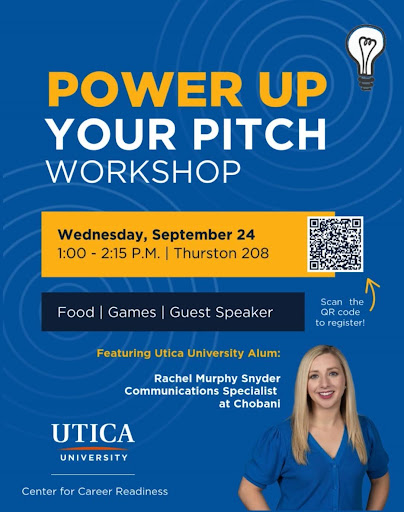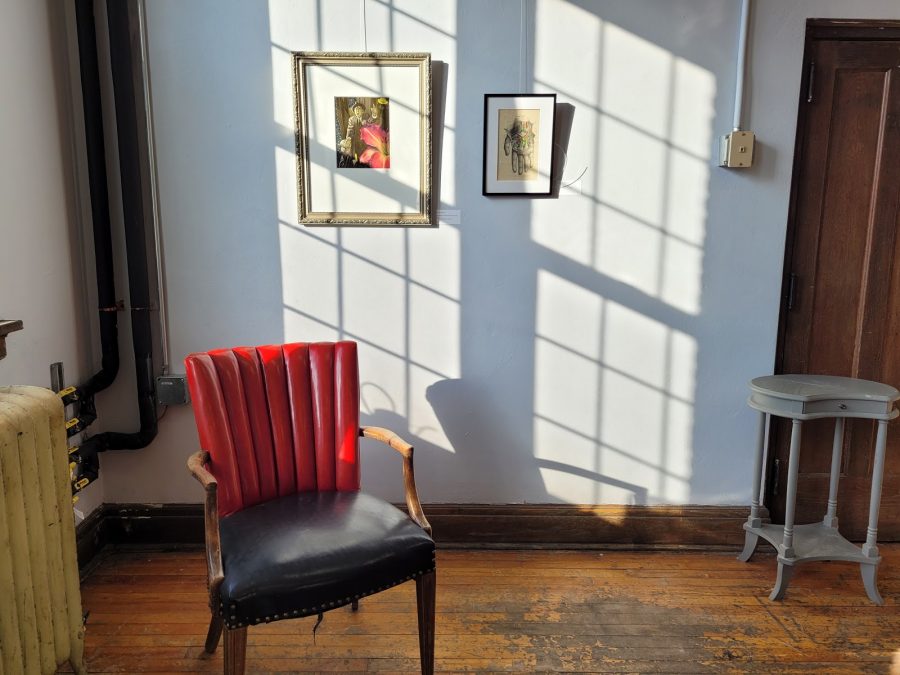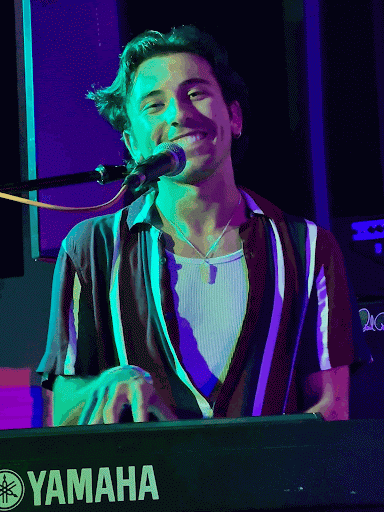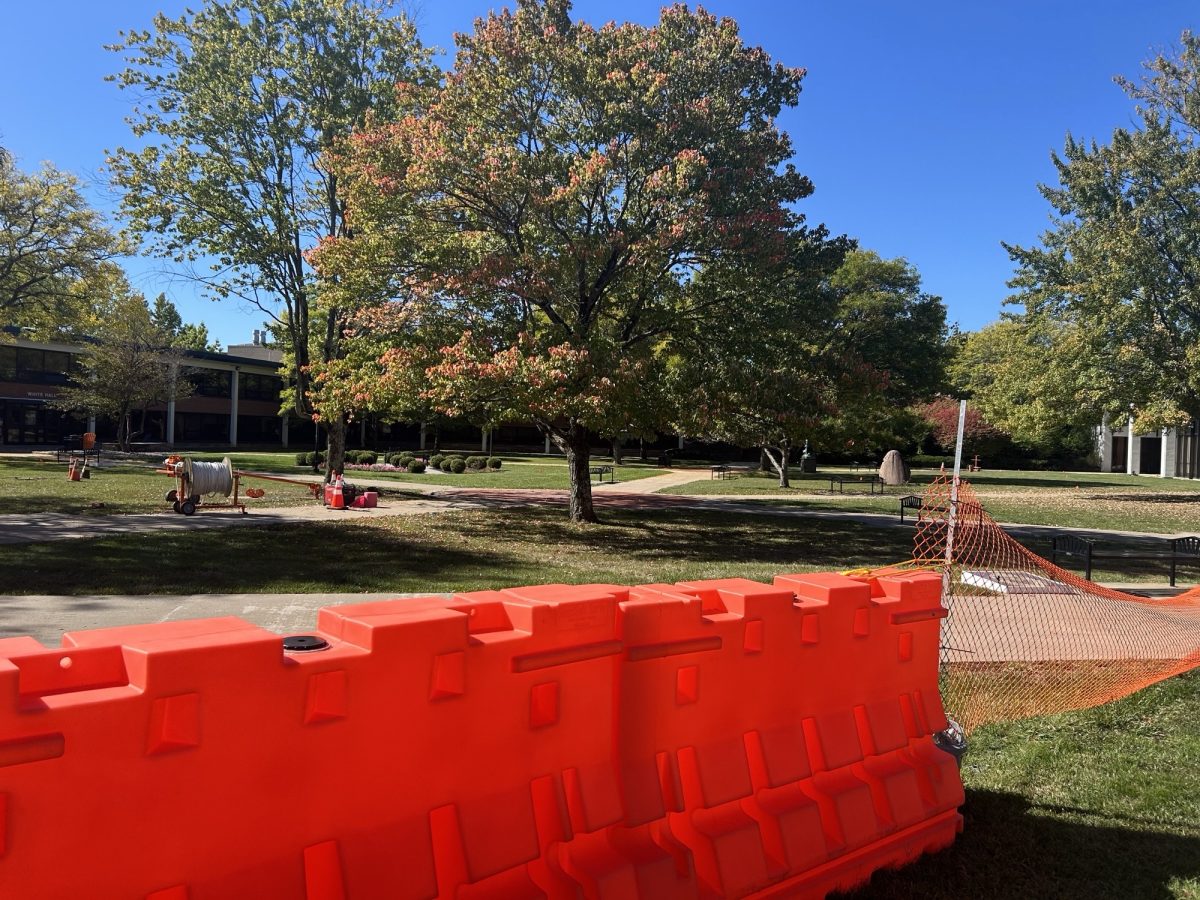Artists around the world have used the pandemic to greater their creative and artistic abilities despite the lack of venues in which to display their works. Professor Steven Specht is one of the many artists that used the COVID-19 pandemic to influence his artwork and the meanings behind them.
Specht is a professor of psychology at Utica College and in his downtime he serves as a local collage artist. Specht’s work is currently being showcased at 4 Elements Studio in the heart of downtown Utica until May 14.
“I used to be a watercolor painter,” Specht said. “I took three classes at Munson Williams when I moved back to Utica around 2000.”
Recent Posts
- Slashed SGA budget sparks student frustration at recent meeting
- Editorial: Your campus, your voice – How to reach us when you want to speak out and how we make editorial decisions
- Op-Ed: Why Black student perspectives matter in campus reporting
- Conservative activist Charlie Kirk’s death shocks Utica University students
- Op-Ed: Utica student looks to start new multi-faith discussion group on campus
Specht continued to express his artistic side through dabbling in assemblage and collage and then finally dedicated himself to collage after taking part in a workshop in 2009 with Jonathan Talbot in the Catskills.
“Sometimes, I can create a piece in just a couple of studio sessions (four hours); other times, it might take months before I find ‘just the right’ element to finish a piece,” Specht said. “Most of my time in the studio is spent exploring and experimenting. The creations “emerge” from these activities.”
The pieces that emerge from Specht’s mind can all be found in person at the 4 Elements Studio in Utica and online in a virtual setting through at 4elementsstudio.org. The virtual version of the artwork is especially interesting because it allows the viewer to observe at their own pace and through any device. One can also “walk” right up to the artwork and view it closely through their screen.
“Although my background as a psychology professor does impact my work, I would say that a much broader background is necessary for any creative endeavor,” Specht said. “I draw inspiration from my modest background in the natural sciences, art history, literature and philosophy just as much as psychology. The broader your background, the more you have to draw from in your artwork.”
Specht’s work is accessible to the human mind due to the shapes, colors and textures depicted through the art. It offers some kind of escape for individuals, especially during times where art of all kinds has been trampled on due to the falling interest and lack of money during the pandemic.
“It hasn’t been easy for any of us to endure this challenging year with COVID and oftentimes, creative activities like art and music are the first casualties when stressful times prevail,” Specht said. “I am hopeful that we are close to the end of the long nightmare that we have been experiencing over the last year and a half. I thought of the group of works in this exhibit as representing our emergence out of the pandemic and into better times.”
The thought of Specht’s artwork being used as an escape to better times could be beneficial to the public, to whom much grief has been experienced during the pandemic.

“I hope that people enjoy my work, but I also understand that some people think it’s ‘weird,’” he said. “That’s ok for me. I think we could all enjoy being a little ‘weird’ sometimes. I want people to know that they can be lots of things.”
Art may be strange or weird at times but that’s what gives it a sense of originality and character. Specht’s work shows character but with it comes deeper meaning.

“Why limit yourself to only one dimension,” Specht said. “I teach statistics and psychobiology, and yet I create art and play music with my friends. I hope that I inspire some people in whatever community with which I am involved. I hope that represents me well.”






































































































































